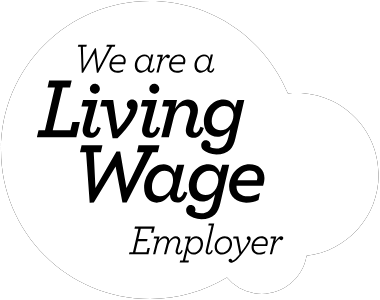We are obsessed with carbon here at Wilful. Specifically how you can remove it at scale from the atmosphere to help fight climate change.
Think you know all about carbon removal? Can you select which of these products use carbon dioxide as a key ingredient which makes them carbon net negative? (clue, there are 8 hidden in the list).
1. Protein flour
2. Pearls
3. Soil improver
4. Vodka
5. Meat
6. Tinned tomatoes
7. Dog food
8. Lemons
9. Drinking straws
10. A necklace
11. Laundry detergent
12. Ice-cream
13. Wine
14. Diamonds
15. Candles
16. Fabric dye
Answers: 1, 3, 4, 5, 9, 11, 14, 16
1. Protein flour:
Solar Foods Finnish visionary Pasi Vainikka’s project sounds like science-fiction. “We make food from air!” he says. “We don’t need farming land, don’t need to cut down forests, and hardly even need water.” His food-tech startup Solar Foods near Helsinki produces protein powder from microbes he and his co-founders source from soils and marine ecosystems in the Finnish wilderness. In a fermenter not unlike the ones used in breweries, the company then uses water, hydrogen, vitamins and CO2 extracted from the atmosphere to grow the microbes into Solein, a yellowish protein that can be dried and consumed in a shake, as flour, or in pill form.
3. Soil improver:
Carbon Gold, the UK’s #1 biochar retailer says, Biochar has several key benefits when it comes to helping with climate change. First, it helps improve soil fertility and water retention by increasing soil aeration and improving soil structure. This makes it easier for plants to absorb nutrients from the soil, allowing them to grow more quickly and healthily while also reducing water runoff and erosion. Additionally, because biochar is created by burning organic materials without oxygen, it also captures carbon dioxide (CO2) and stores it in the ground instead of releasing it into the atmosphere like other forms of combustion.
4. Vodka:
Air Company, a Brooklyn-based startup, uses photosynthesis-inspired technology to create vodka distilled from CO2-derived products. It first creates hydrogen from water using a process known as electrolysis, before feeding it into a reactor alongside CO2 captured from ethanol plants in the Northeast, the company says. The gases then go over a catalyst, says Stafford Sheehan, the company’s co-founder and chief technology officer. The resulting mixture of ethanol and water is distilled into vodka, Dr. Sheehan says. The company estimates that producing one litre of vodka takes a pound of CO2 out of the air.
5. Meat:
Air Protein is a modern food company, crafting the world’s first ‘air meat’ using CO2 and a proprietary culture. During the 1970s space program, NASA scientists explored a way to feed astronauts on long space journeys by transforming elements in the air the astronauts breathed into protein. This process was shelved and forgotten back then, only to be rediscovered by Dr. Lisa Dyson and Dr. John Reed and perfected by the Air Protein team.
9. Drinking straws:
Newlight Technologies has developed Aircarbon based on a naturally occurring process: Every day, microorganisms in the ocean eat methane and carbon dioxide as food, and turn it into a biomaterial called PHB. Since it is meltable, PHB can be used as a replacement for plastic, fibre and leather. Newlight’s Aircarbon foodware includes drinking straws and dishwasher safe cutlery. The applications for its materials tech are huge.
11. Laundry Detergent:
CleanO2’s founders invented a revolutionary device, CarbinX™, that captures carbon dioxide emissions from building heating systems and turns it into non-toxic pearl ash (potassium carbonate) from which they make soap – laundry detergent to be precise. They say ‘It turns out that captured carbon, in the form of pearl ash, can be added to soap formulations to create luxuriously silky, sudsy lather.’
14. Diamonds:
Aether makes diamonds that are just as real as mined diamonds – meaning they’re chemically and anatomically the same as naturally occurring diamonds. However, for each 1 carat diamond that Aether produces, 20 tons of CO2 is removed from our atmosphere. That’s enough CO2 to offset one American’s carbon footprint for over a year (1.25 to be exact.) A certified B Corp, Aether is currently working to become a fully carbon-negative operation by 2023, with the goal of pulling 100 million tons of CO2 from the atmosphere within ten years.
16. Fabric dye:
Dycoo technology uses reclaimed CO₂ as the dyeing medium in a closed loop process. When pressurized, CO₂ becomes supercritical and has a very high solvent power, allowing the dye to dissolve easily. Thanks to the high permeability, the dyes are transported easily and deeply into fibres, creating vibrant colours. CO₂ dyeing is a dry process so there is no need to use water and no wastewater that risks polluting rivers.






